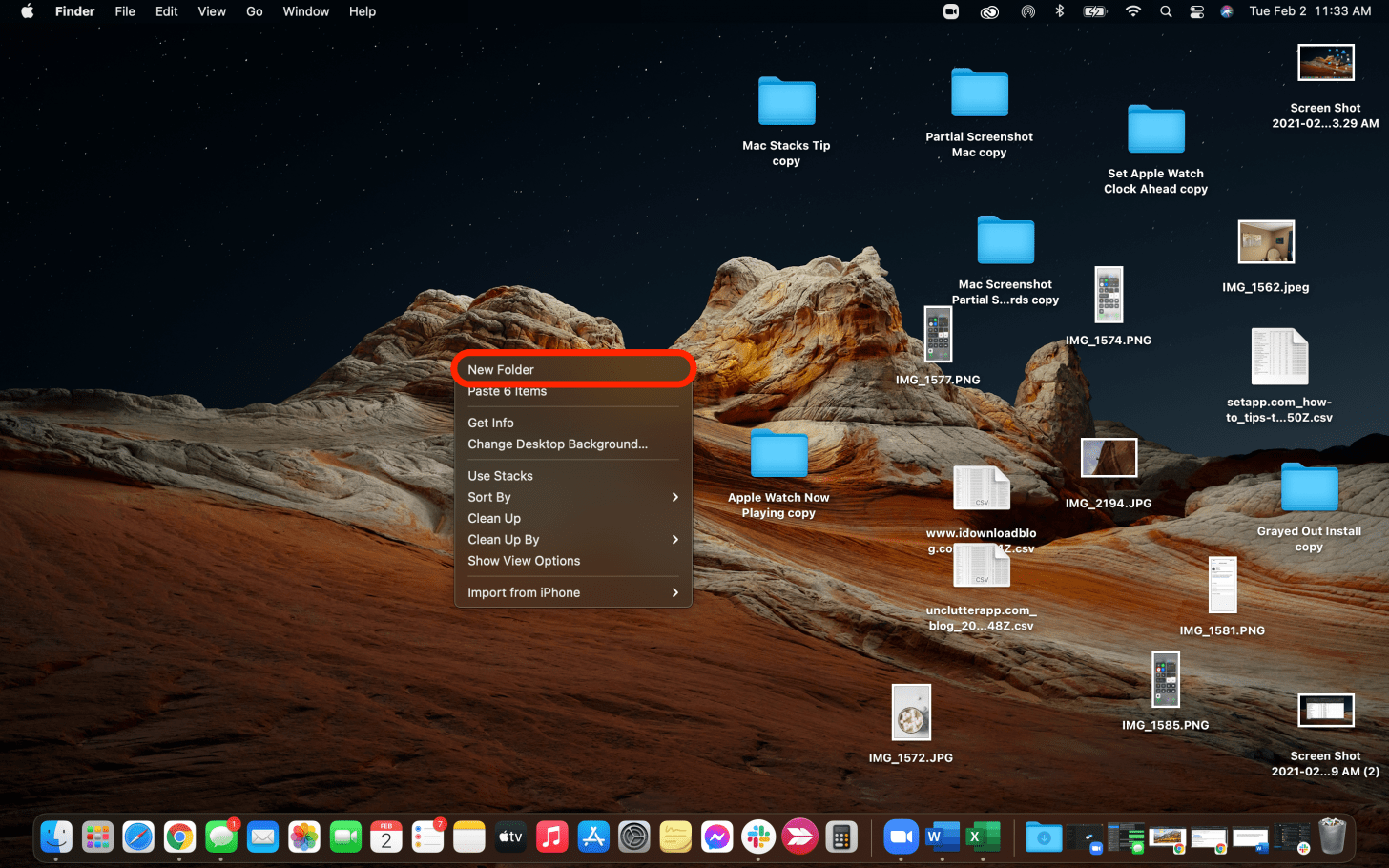

- #WHERE TO ORGANIZE PHOTOS ON MAC MANUAL#
- #WHERE TO ORGANIZE PHOTOS ON MAC WINDOWS 10#
- #WHERE TO ORGANIZE PHOTOS ON MAC SOFTWARE#
- #WHERE TO ORGANIZE PHOTOS ON MAC PROFESSIONAL#
- #WHERE TO ORGANIZE PHOTOS ON MAC FREE#
"I also have my photographs in my computer and on a hard drive that my computer writes to every night. Selvadurai uses iCloud, and Carvajal uses a cloud service called Backblaze. Komando recommends Google Photos and Amazon Photos, which comes with a Prime membership (though, as we've mentioned in a previous Life Kit episode, take steps to protect your online privacy.)
#WHERE TO ORGANIZE PHOTOS ON MAC PROFESSIONAL#
vanished.Ĭarvajal, the professional photo organizer, recommends the 3-2-1 backup standard, which means three copies: two copies on different types of media - like your computer and an external hard drive - and another copy off-site. No matter how well you're organized, your vast visual memory collection means nothing if it has. "Machine learning and all this stuff is now so good, and getting better every year, that you could actually just use search alone to go back and look at some of your photos." Back up. "Something really wild has happened in the last five years," Selvadurai says. Tech entrepreneur Naveen Selvadurai says his family keeps it simple by relying on this machine learning and artificial intelligence to help him identify the what, who and when in his photos.
#WHERE TO ORGANIZE PHOTOS ON MAC SOFTWARE#
These days, most of our phones have software that accurately recognizes faces, places and common visuals, like a hug. Mobile recommendations from Kim Komando here.
#WHERE TO ORGANIZE PHOTOS ON MAC FREE#
#WHERE TO ORGANIZE PHOTOS ON MAC WINDOWS 10#

By the end of the year, you should have your photographs tagged for the current year," she says. "The thing is to actually do it and maintain it. "Whatever system you have, whatever works with you, just pick a software that can keyword or tag," Carvajal says. Since she has organized by date already, she can go to 2016 and click the travel tag, and all the travels of that year will come up. "So, for example, my personal library is about 100,000 photographs, but I only have about 20 keywords," Carvajal says.
#WHERE TO ORGANIZE PHOTOS ON MAC MANUAL#
Google Photos also allows manual tags.Ĭarvajal likes using Adobe Lightroom to do this and recommends not getting bogged down by an overwhelming number of tags. The photos app that comes with Macs lets you add keywords, and Windows similarly lets you add tags to your photos. Tagging means writing to the metadata - information that travels with the digital image file - so that any computer can more easily search and sort, going forward. So just bite the bullet and get it done now." "Next year you're just going to have more photos. You actually have to do it," says Kim Komando, consumer tech expert and national radio show host. "Organizing your photos takes a lot of time and commitment, and it's something that you can't procrastinate. The recommendations below came from experts interviewed for Life Kit.) Commit to organizing your photos in the first place. ( Note: NPR receives funding from Google and Amazon. That's if - and only if - we can find 'em.

Because there's something so powerful about images, preserving our memories and connecting us across distance and generations. We spoke with a consumer tech expert, a professional photo organizer and a photo-loving tech entrepreneur to get their tried-and-true methods for sorting digital photo collections - whether you're doing simple, routine prevention of photo bloat or starting a big archiving project. But when we have so many digital images and we want to cull them down a bit and get organized, where do we even start? You don't want to miss any of your dog's cute moments or your kids' as they grow up.

Storage is trending cheaper and more infinite. Long gone are the days of film rolls limited to 24 shots. We take hundreds and thousands of photos these days, because we can.


 0 kommentar(er)
0 kommentar(er)
